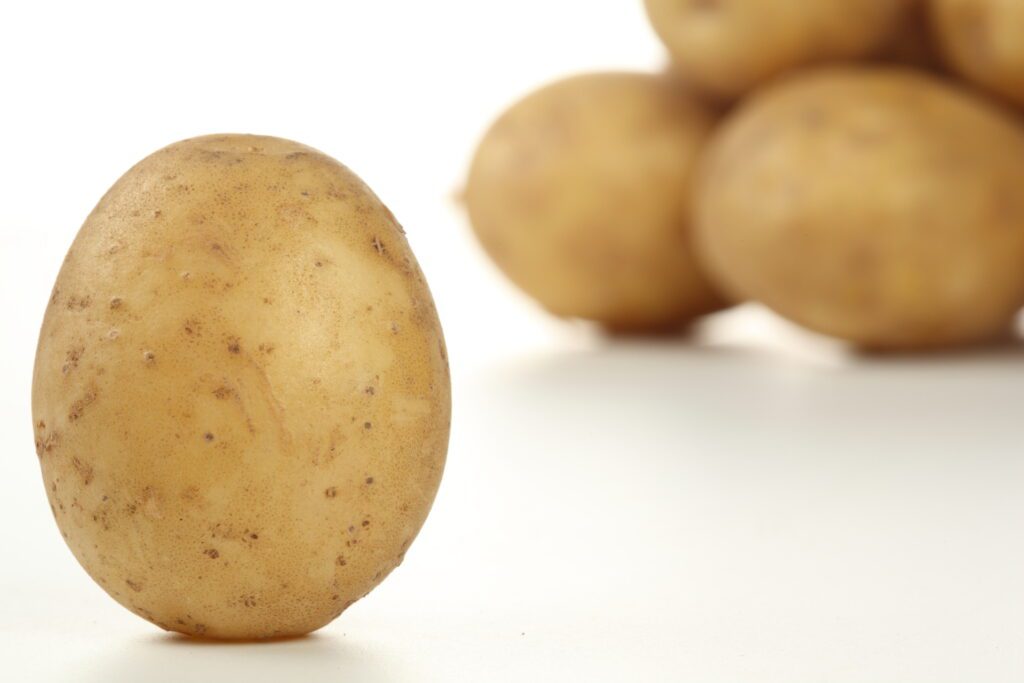Someone long ago said half a loaf is better than none. Half a loaf instead of a whole loaf is better for your waistline. By now, some of us have made the well-intended (but weak) resolutions for eating better, and either broken or forgotten them. But some forethought can make weak resolutions strong enough to last all year.
Start with the half trick. It works well in restaurants where they give you portions big enough to make two meals. Italian restaurants are famous for this. Harry’s Seafood Bar and Grille, though not Italian, serves platters of étouffée and other Louisiana dishes that easily make two meals.
Here’s what you do . . . and don’t be embarrassed, it’s your money . . . Get a take-out container with your entree. Portion half the food into the box and the other half into you. You can also break bread into small pieces and go easy on herbed butter.
Salad bars, like the ones at Ruby Tuesday, can be buffets of nutrition or many feet of calories. Most ingredients are relatively low in calories. It’s the dressings that are the devils. And the oil in the dressing is what will do you in. Oil is a fat and has 9 calories per gram. Protein and carbohydrates each have 4 calories per gram. Choose oil and vinegar and mix your own. Vinegar has almost no calories. Add a little oil for smoothness.
If you must have ranch, have it on the side. Impale the greens on your fork and dip the tines in the dressing. You taste the dressing first and don’t need much to be satisfied.
Think of the word “loaded” as something you will never say again in the same sentence as “baked potato.” A medium boiled potato has about 90 calories. A potato baked with the skin has about 220. The skin adds a lot of weight and calories. Now start adding butter, sour cream and bacon and you have doubled the calories in the plain baked. A little butter goes a long way. And don’t eat the potato skin.
Chicken or fish with a fancy sauce sounds wonderful. But does it sound good enough to wear? Ask for lemon and drizzle that over the fish or chicken. Acid peps up flavors so you don’t need heavy (fatty) sauces.
While on the meaty subjects, cut your meat or fish before you start to eat. Make many small pieces instead of honking great big chunks. Then eat them one at a time with vegetables. Don’t stab a bunch on your fork at once. The more bites you have the longer it takes to eat a meal and the more satisfied you feel.
While at home, when was the last time you ate a plain, steamed carrot? Steaming is a great way to cook vegetables. Color and flavor stay and you still have texture too. And, you don’t need butter.
Roasted vegetables are wonderful. They need just a drizzle or spray of oil, but cooking brings out natural sugars as the food browns. Cut them into small pieces on your plate and enjoy each tidbit.
We have small plates we use for light meals. The plate is full and you think you’re getting lots. A 4-ounce piece of protein, a half cup of potatoes, and two vegetables fill the plate and will fill you too. Eat slowly and enjoy.
Our bodies are mostly water so look to vegetables to match. Cucumber and celery fit the bill.
Try them lightly sautéed in a touch of oil with a drop of soy sauce.
Dessert in a restaurant? Pick something light or small and share. Two forks, please. At home, half a fresh pear with a drizzle (a small drizzle) of chocolate sauce instead of a bowl of ice cream is a waistline winner.
Think ahead and think light for a resolution that will last longer than a half-hearted promise to eat healthy and lose weight.
CREDITS
story by TRENT ROWE, Food Editor
